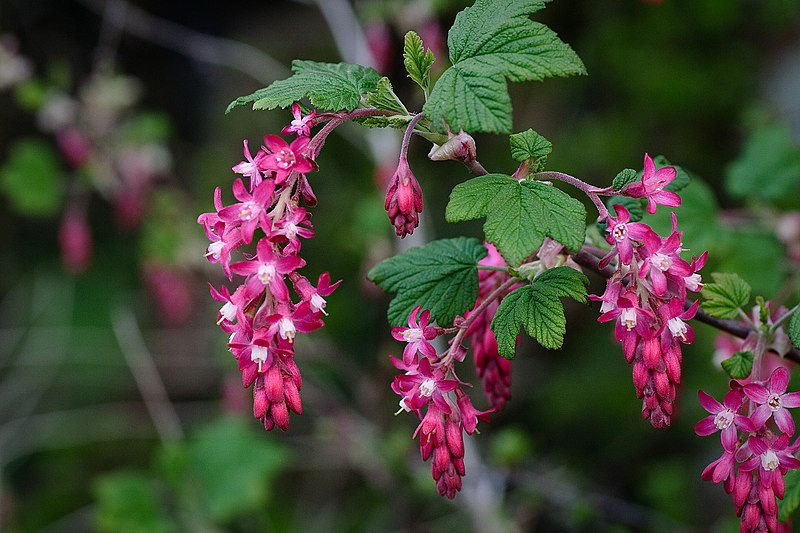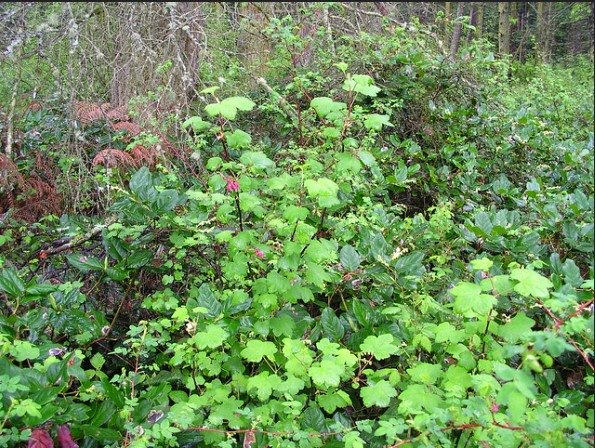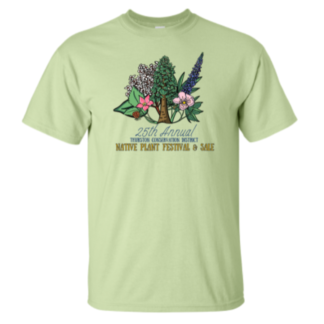Description
Sold in bundles of 10.
At a Glance: Erect, multi-stemmed shrub with showy clusters of deep pink flowers in early spring.
Height: 3-10 feet (1-3 meters).
Stems: Crooked stems; no thorns or spines; young growth finely hairy; reddish brown bark.
Leaves: Alternate; palmately 3 to 5-lobed, green, lower surface hairier and paler than upper; Size: 2-6 cm across.
Flowers: In erect or drooping clusters of 10-20 flowers; pale pink to deep red; size: 3-10 mm long; shape: tubular. Flowers appear just prior to leaf emergence.
Flowering Period: February, March, April.
Fruits: Blue-black berries with whitish waxy bloom and glandular hairs; size: 2-9 mm long.
Appeal: Red Flowering Currant has rose-pink flowers in February that brighten any late-winter garden.
Conservation Uses: Red Flowering Currant is an important species for upland soil stabilization in restoration projects.
Helpful Tips: As with any new planting, it should be watered during the dry season for the first 2-3 years until it becomes established. Click HERE to determine your recommended planting density.
| Sun/Shade Tolerance | Hydrology | Elevation Range |
| Shade intolerant.
full sun > 80%
mostly sunny 60%-80%
partial sun and shade 40%- 60%
mostly shady 60%-80%
full shade > 80%
|
wet
moist
dry
Wetland Indicator Status: |
low elevation
mid elevation
sub-alpine
high elevation
|
| Soil Preferences | ||
|
sandy soils
gravelly soils
clay soils
muddy soils
peaty soils
|
well drained soils
shallow soils
deep soils
acidic soils
basic soils
|
humic soils
nutrient rich soils
nutrient poor soils
mineral soils
organic soils
|
| Wildlife Value | |
|
Berries
Seeds
Nectar for hummingbirds
Nectar for butterflies
Host for insect larvae
Thickets and shelter
Thorny or protective cover
|
Birds: The berries are eaten by grouse, pheasants, robins, towhees, thrushes, waxwings, sparrows, jays, and woodpeckers. Several hummingbirds consume the nectar. Insects: The foliage is eaten by zephyr and other butterfly larvae. Mammals: The fruits is eaten by coyotes, foxes, mountain beavers, raccoons, skunks, squirrels, and chipmunks. The twigs and foliage are browsed by deer and elk. |
References:
Pojar, Jim, and Andy MacKinnon. Plants of the Pacific Northwest Coast: Washington, Oregon, British Columbia & Alaska. Revised ed. Redmond, Wash.: B.C. Ministry of Forests and Lone Pine Pub., 2004. Print.
“Sound Native Plants.” Sound Native Plants. Web. 31 Oct. 2014. <www.soundnativeplants.com>.




